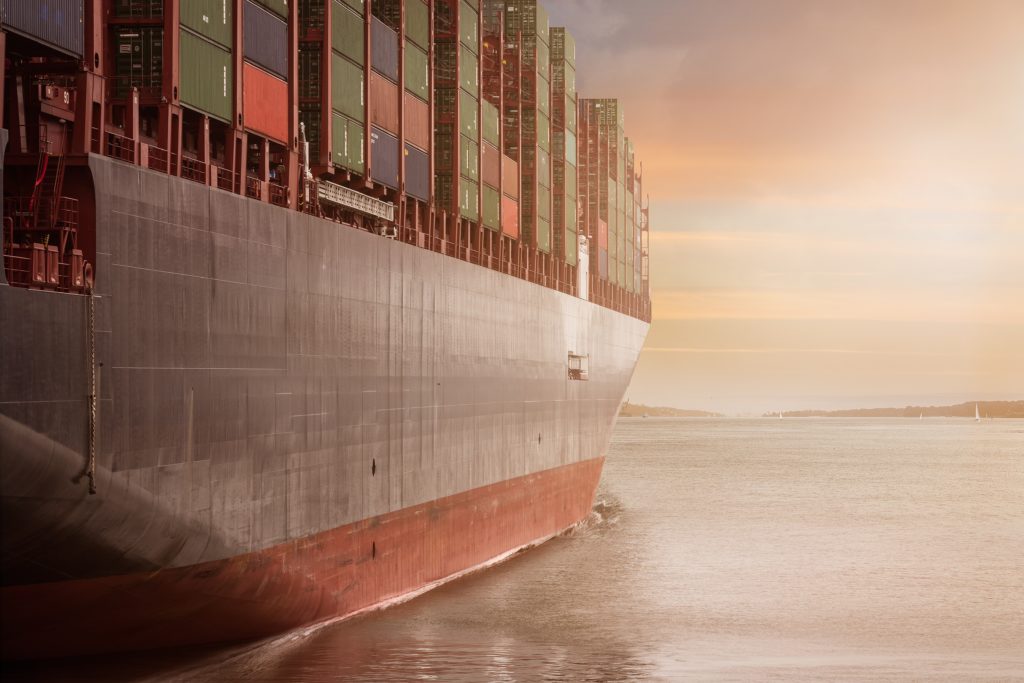
COVID-19 is forcing many industries to adapt, and fitness has made significant changes to meet new customer needs. As stay-at-home orders increased throughout the world, consumers started canceling their gym memberships and reinvesting in home equipment and online-workout subscriptions. While some businesses experienced significant losses due to this shift, others adjusted and found a way to succeed, like Peloton. However, there is still room for improvement.
The company is benefiting from the statewide lockdowns, with people staying home, building their own “gyms” and looking for new ways to support their fitness goals. Peloton used its online workout subscriptions and cycling equipment to generate $1 billion in revenue last quarter. But between supply chain mishaps and two-month-long shipping times, Peloton is now pedaling faster than ever to keep up with customer demand.
To tackle this, Peloton pledged to allocate $100 million towards restructuring its fulfillment operations.
How Peloton will Allocate Its $100 Million Investment in Fulfillment Operations

Minimizing Shipping Waits
The company’s announcement to invest $100 million in fulfillment areas will directly improve delivery wait times on Peloton bikes.
Peloton’s user-base is split between the three million people who use software (a subscription to the app’s services) and the 1.09 million people who own the hardware (the bike). While Peloton’s software services range anywhere from yoga to strength training, the company is best known for its cycling hardware.
Listed at $1,895, Peloton’s standard bike is its best-selling hardware product. Due to its high demand, the company has had issues delivering the bike to customers in a timely manner. While the bikes are manufactured overseas, shipping to eligible customers in the U.S., Germany, UK, and Canada can be an 8-10+ week process.
Delivery times are so unpredictable that a Reddit thread has been created on the matter. Customers use the forum to express their frustrations with the company. One Reddit user and Peloton orderer, @frOng, created a post titled, ‘Peloton is Lying About Wait Times’:
“I had a confirmed delivery date of 12/21 and after radio silence from Peloton on delivery day, I called and found out that it got pushed to 2/23.”
Peloton’s CFO, Jill Woodworth, concurred that wait times are hindered by a container shortage that exists on shipping sites. Shipments are delayed due to infrastructure insufficiencies, and as a consequence, many orders are forced to be backlogged. In addition, port congestion continues to pose significant threats to shipping logistics.
Peloton recently released a statement via Instagram, in which CEO John Foley provides a plan for the future. He asserts:
“On average, in the coming months, we will be incurring a transportation and delivery cost that is over ten times our usual cost per Bike and Tread, including, in many cases, shipping them by air instead of by sea.”
On a recent company conference call, Woodworth added that this investment will increase shipping infrastructure and “prioritize getting [Peloton’s] major warehouses stocked up for third-party logistic partners.” The decision to improve the company’s shipment fleet will seek to avoid backlog and disappointed customers.

Investing in Customer Retention
Peloton also guaranteed a portion of the funds would go towards establishing better customer service for its users. The company will be doubling its customer support team to avoid voluntary churn.
Customer retention will also be prioritized through the company’s local efforts. Foley’s statement on Instagram included a promise to expand the 50 manufacturing facilities that exist in the U.S., UK, Canada, and Germany. In doing so, Peloton hopes to limit outsourcing and create more jobs for domestic workers.
Setting Up for Long-Term Growth
For a company that made over $1 billion in revenue in Q4 2020, a $100-million guarantee could spark a huge future return on investment. This year, Peloton predicts they will earn $4 billion in revenue— a forecast that would exert their current supply chain.
As it continues to grow within fitness e-commerce, Peloton has now made keeping up with demand its top priority. The company is currently raising $600 million from investors to prepare for a sizeable financial decade.
Peloton will start this process by ensuring 2021’s fulfillment operations are a drastic improvement from last year’s. While its quest for success is well underway, the company can’t ride its shipment and customer service issues out. By pivoting the operations and priorities in these departments, Peloton is making a statement and a promise for increased customer acquisition and retention, and, ultimately, larger profits.

